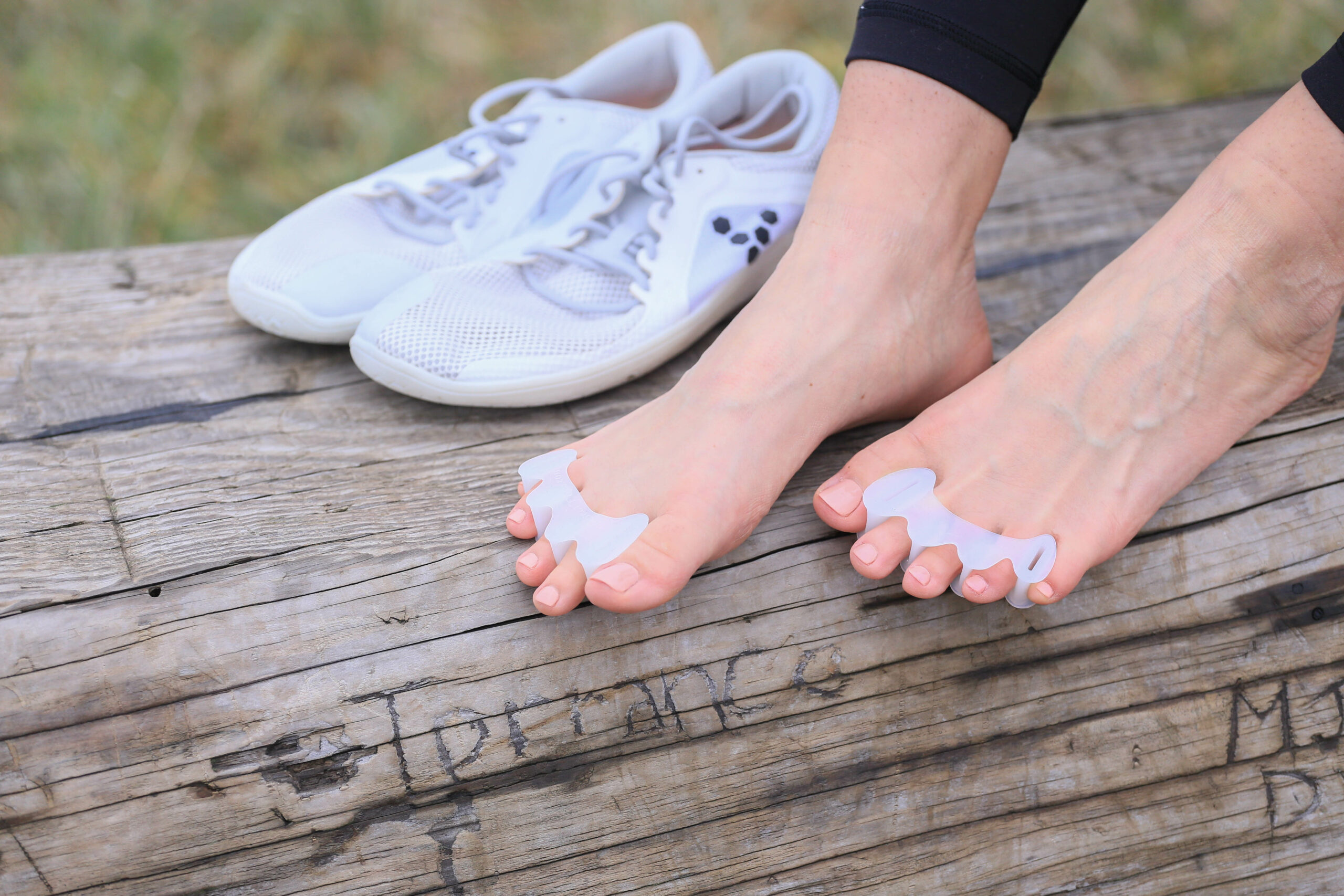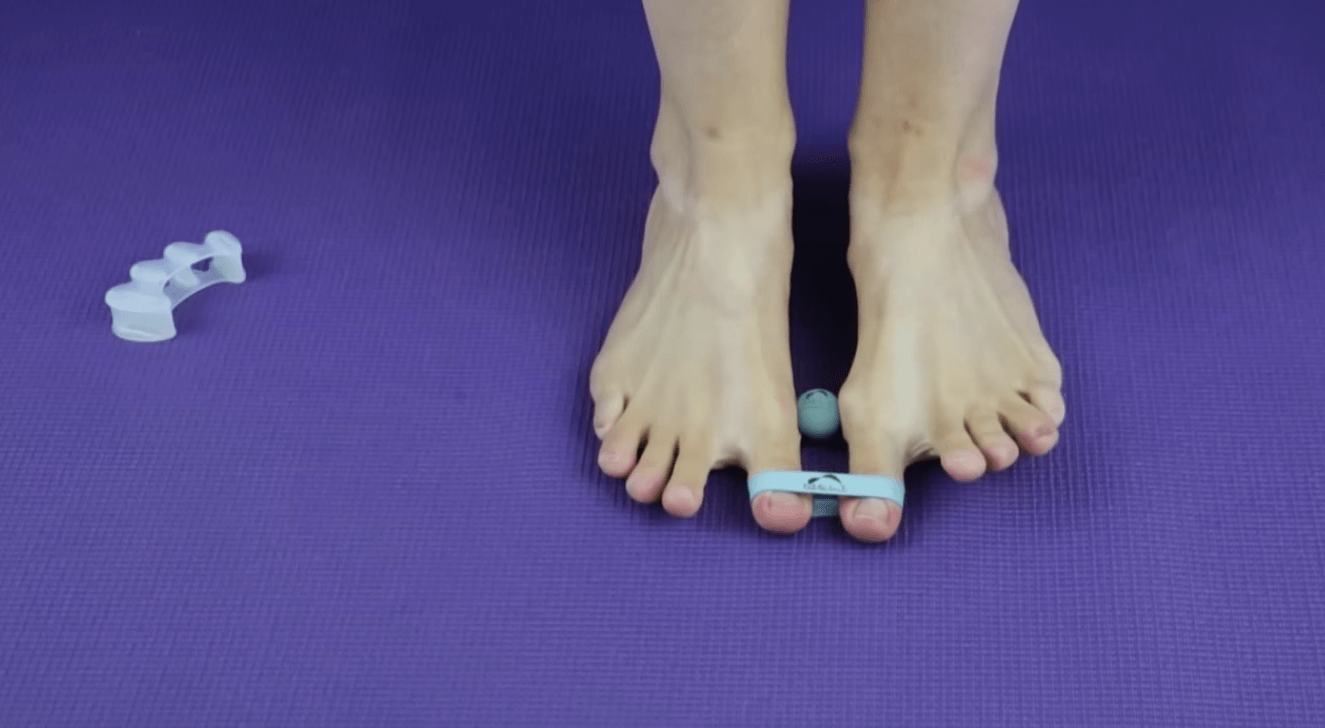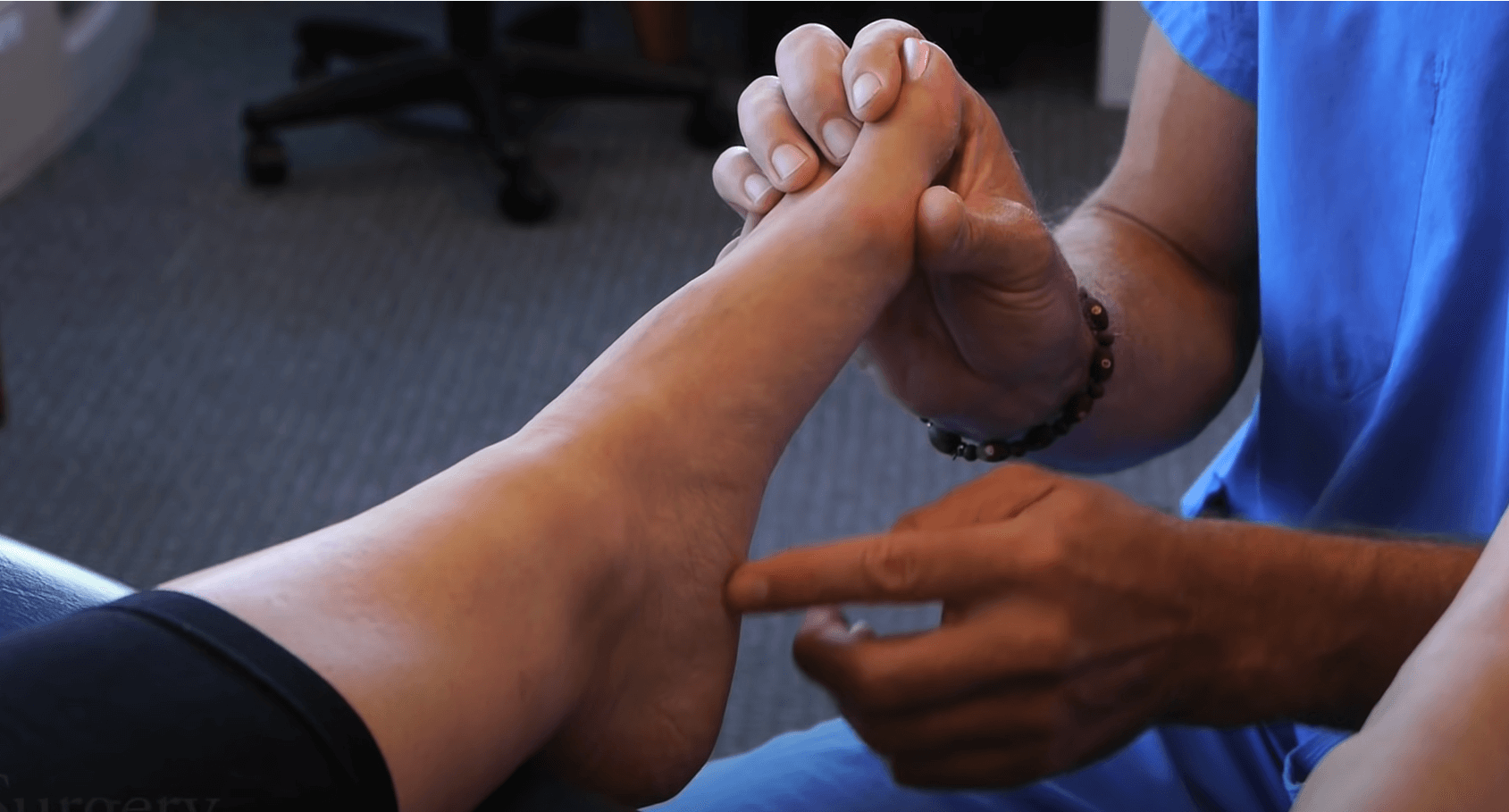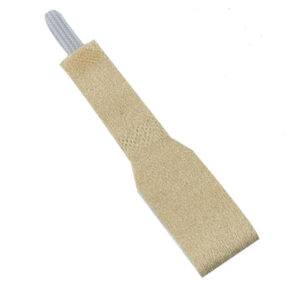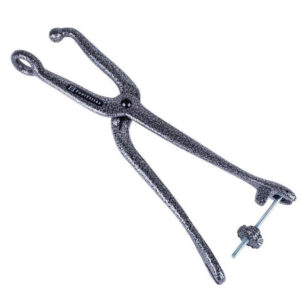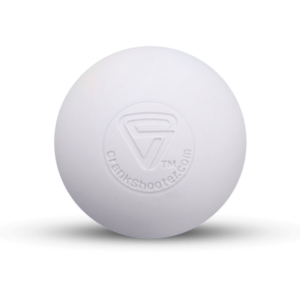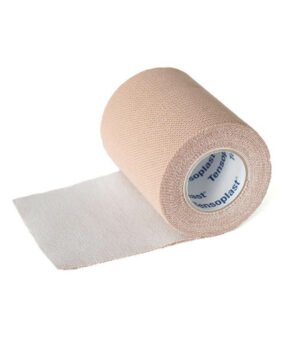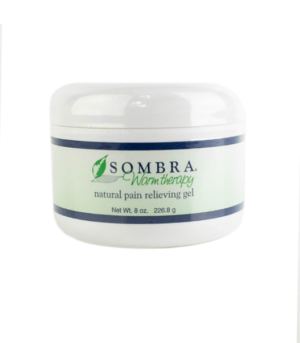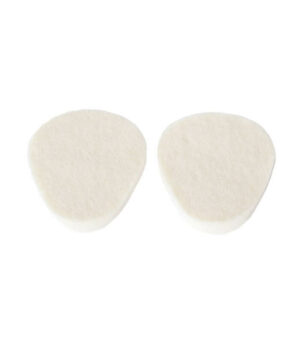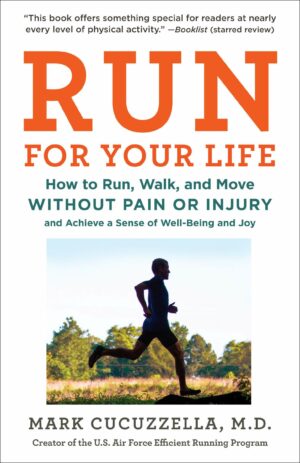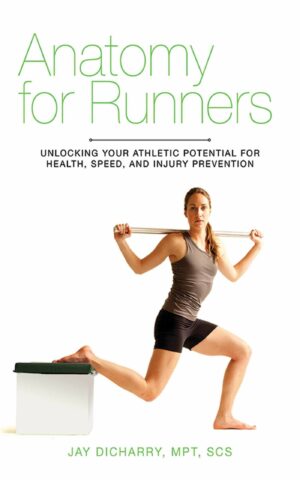Crooked toes are a common health problem among Americans, and there are several crooked toe syndromes. What kind of crooked toe problem you have depends on the degree and direction of deviation in your affected toe’s joints. In some cases, your abnormal toe position is not permanent, and your toe may be realigned using conservative care techniques. Crooked toes are extremely rare in shoeless populations or groups of people who do not wear conventional footwear.
Condition Information
Possible types of crooked toes include:
- Hammertoe: A hammertoe is a crooked toe that is flexed (bent down) more than it should be at your first toe joint (proximal interphalangeal joint). Oftentimes the toe is also extended (lifted up) at the joint that connects the toe to the foot (metatarsophalangeal joint). Hammertoes may affect any of your toes, and they often begin as mild deformities that can become more severe over time. Hammertoes are usually flexible in the initial stages but may become rigid if they are not treated appropriately.
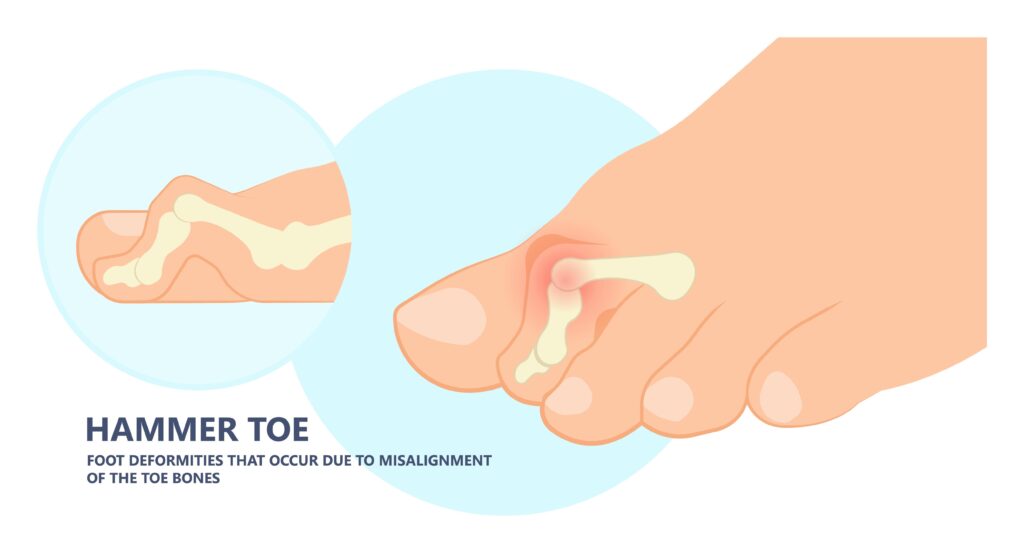
- Claw toe: A claw toe is a crooked toe that is flexed more than it should be at both your first (proximal interphalangeal) and second (distal interphalangeal) toe joints. If you have a claw toe, your involved toe may dig into the soles of your shoes, causing painful calluses to develop. This crooked toe problem usually gets worse without treatment and may cause irreversible deformities over time.
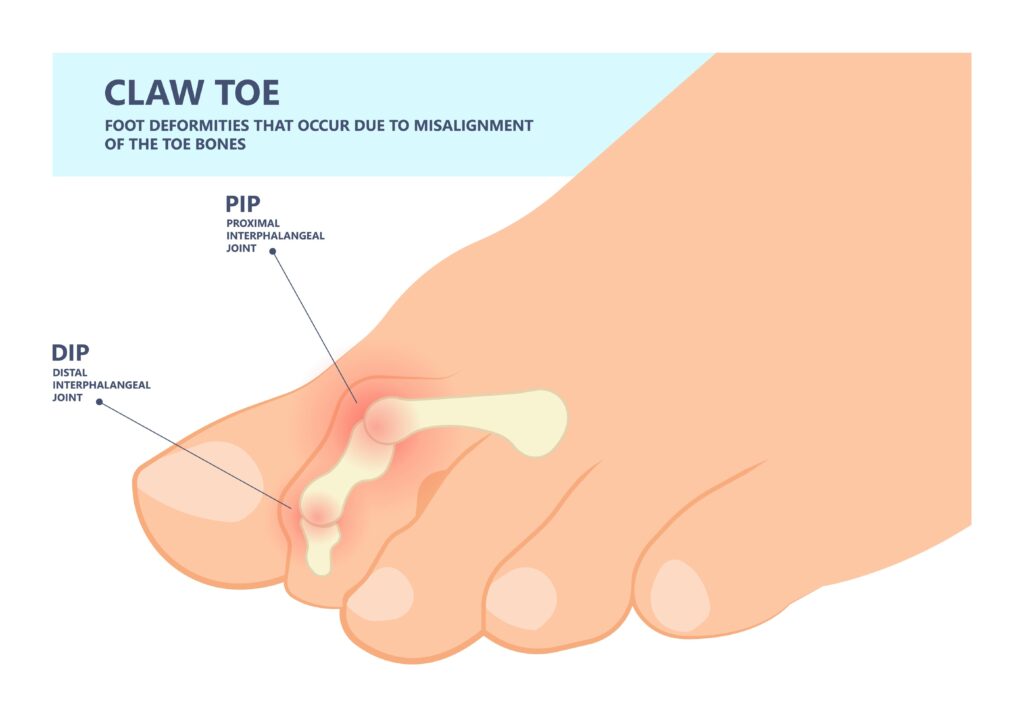
- Mallet toe: A mallet toe is a crooked toe that is flexed at your last toe joint (distal interphalangeal joint) only. The rest of your toe is straight. A mallet toe is commonly caused by shoes that are too tight in the toe box or shoes that possess high heels. The forces these shoes place on your feet cause unnatural bending of your toes.
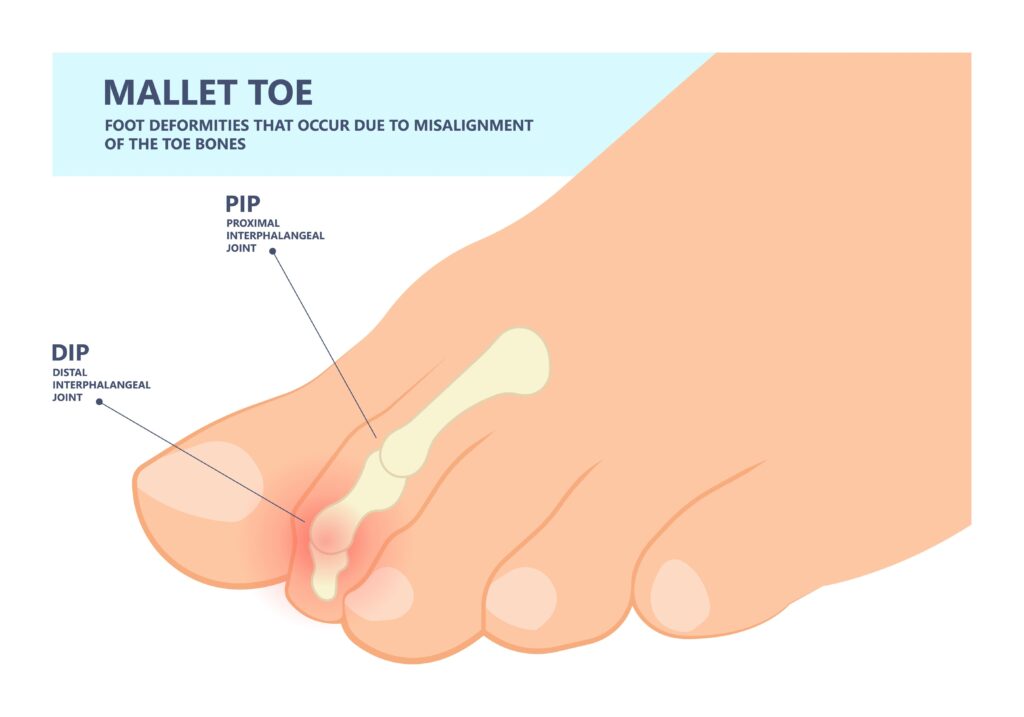
- Overlapping toe: This condition occurs when one toe sits on top of another toe. The most commonly affected toes are the second and fifth toes. When a bunion causes the big toe to crowd the second toe, the second toe can begin to form a hammertoe that causes the second toe to overlap on top of the big toe. This can result in rubbing, leading to callusing and wounds. Similarly, the fifth toe will sometimes overlap on top of the fourth toe if shoes with a narrow tapered toe box are often worn.
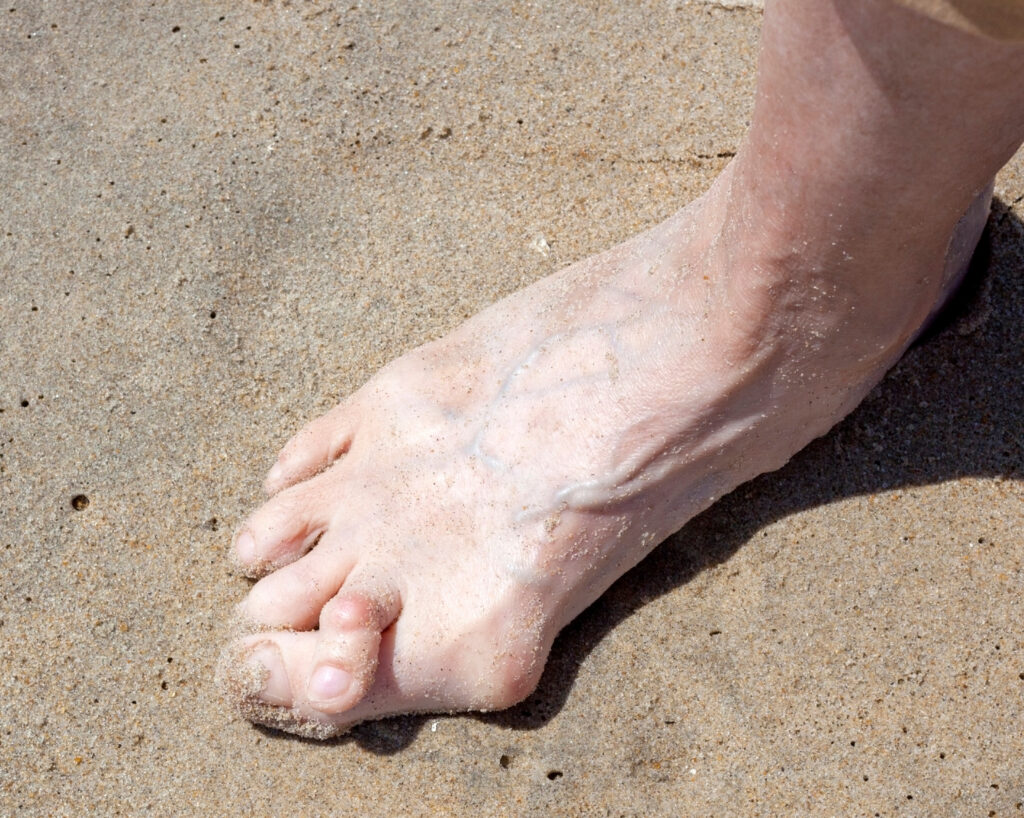
- Adductovarus toe: Similar to an overlapping toe, adductovarus toe is a crooked toe that has moved under its adjacent toe. This toe problem is commonly associated with bunionettes, seen in your fourth and fifth toes, and it is a direct result of wearing shoes with tapering toe boxes. This condition is seen to some degree in most shoe-wearing people. Unshod individuals—people who do not wear shoes or conventional footwear—do not experience this health problem.
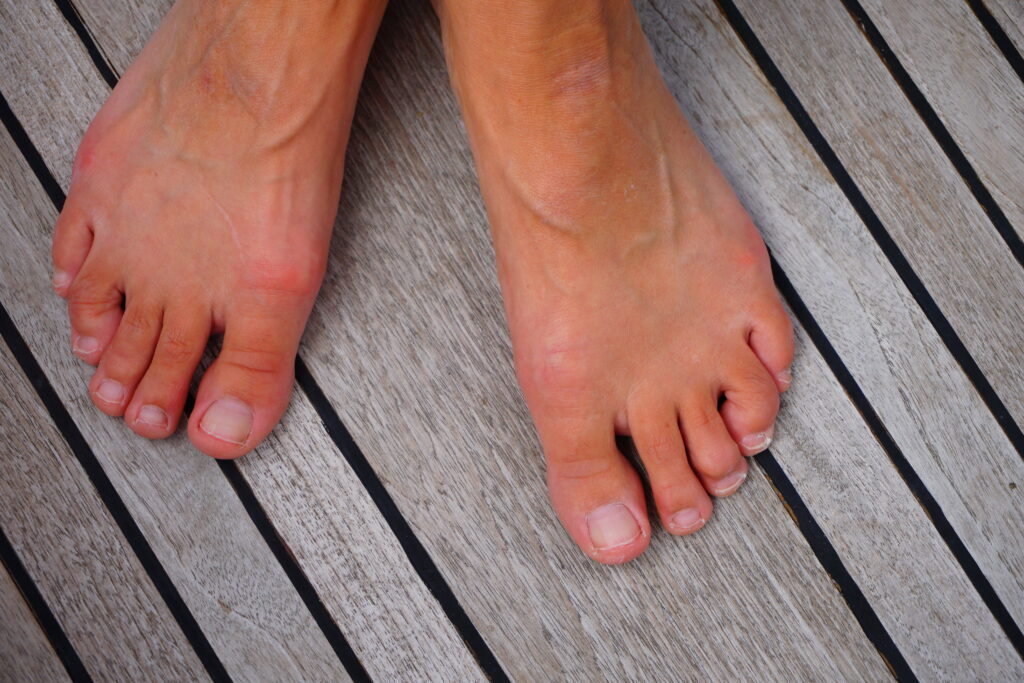
- Curly toe: Curly toe, is a crooked toe in which the most distal part of your toe—the toe segment located furthest away from your body—is flexed and curved to one side of your foot. Curly toes may be particularly common in newborns, and most curly toes spontaneously resolve before age six. In some cases, however, curly toes may cause pressure symptoms in shoe-wearing individuals later in life.
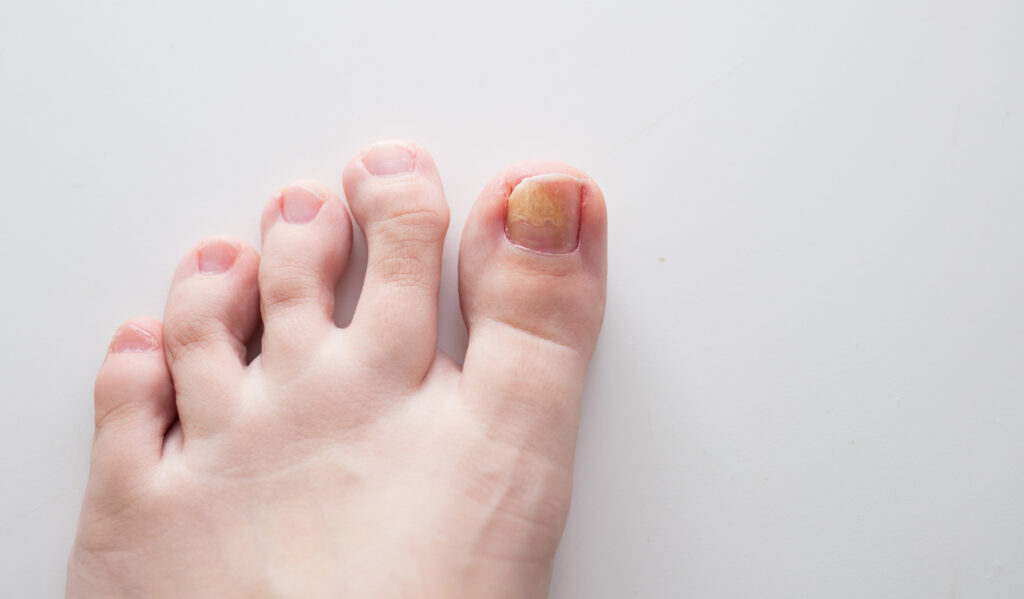
Causes and Symptoms
Inappropriate footwear is the leading cause of crooked toes. Footwear that possesses heel elevation, rigid soles, tapering toe boxes, and toe spring may force your toes into unnatural positions and encourage muscle or tendon imbalances in your feet and lower extremities. In some cases, crooked toes may be associated with past foot trauma. Genetics may play a role in this health problem in some individuals, too.
Some of the most frequently experienced symptoms associated with crooked toes include:
- Toe pain or irritation when wearing shoes
- A thickening of the skin between your toes, on the ball of your foot, or elsewhere
- A burning sensation in your affected toe
- Inflammation and redness
- Toe contracture, or permanent toe shortening
- Open sores
How to Fix Crooked Toes
To learn how to straighten a toe, you should visit a podiatrist or other appropriate healthcare professional if you are experiencing any of these crooked toe syndromes. Your physician can provide you with strategies to help reduce the progression of your crooked toe problem. The longer your crooked toe problem exists, the greater the likelihood it will become permanently rigid and require more extensive—and invasive—treatment, including surgery. Seek natural foot health professionals that specialize in conservative care before opting for surgery,
Physical therapy, toe joint manipulation, and stretching of the muscles and tendons surrounding your toes may provide some reduction of your deformity. Instrument-assisted soft tissue mobilization—Graston, gua sha, scraping—may also be helpful for this health purpose. Stretches that target your crooked toe problem involves both your intrinsic foot muscles and major foot flexor and extensor muscles and tendons in your lower leg. The toe extensor stretch and these 5 foot strengthening exercises can be helpful home exercises to address crooked toes.
You should avoid wearing shoes that possess heel elevation if you have crooked toes. High-heeled shoes, including most running shoes, will hasten the progression of your crooked toe, as this design feature creates an imbalance in your foot flexor and extensor muscles as well as the four layers of muscles within your foot. These intrinsic foot muscles help stabilize your toes during walking and standing.
Every attempt should be made to spread your toes when you are barefoot. A toe-spacing product, such as Correct Toes, can be worn inside foot-shaped shoes with a toe box widest at the end of the toes or with your bare feet to help reapproximate your toes to the correct anatomical position, strengthen the muscles and tendons that attach to your toes, and increase the stability of your forefoot.
Surgery, when required, is used to help straighten your crooked toe and balance the pull of tendons surrounding your toe. Pins or wires are sometimes required to keep your toe in its correct position while it is healing. Note that surgery may not provide a complete correction of your crooked toe, and your problem may return if you continue to use the footwear that contributed to your condition. Ask your podiatrist about the risks, benefits, and limitations of toe surgery to help resolve your crooked toe problem.


